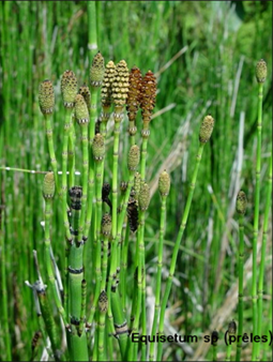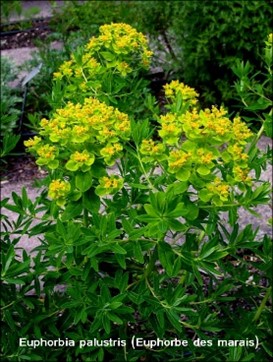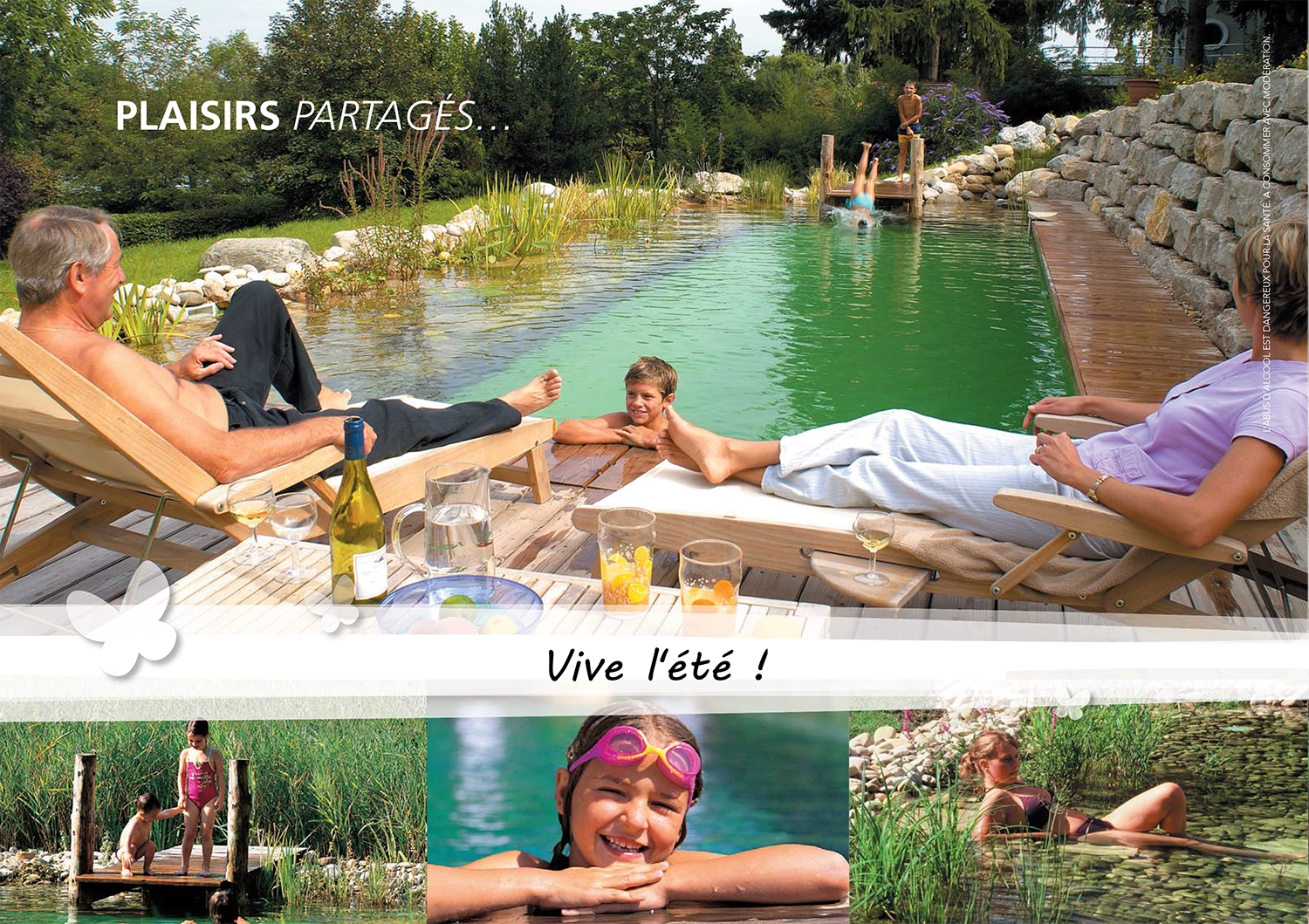Summer is here
In summer, when the ecosystem is in full activity, it's time to enjoy your bath, without forgetting to clean it periodically and at least several times a week to remove excess waste: brush the sides and run the robot as often as possible, every day if necessary or desired.
Temperature is conducive to the development of opportunistic germs, so be vigilant about hygiene. Have your water tested several times in midsummer, if necessary (when usage is at its highest), by an approved laboratory*. In the event of an anomaly, such as cloudy water, stop swimming and contact the appropriate authorities.
* for France list on https://www.labeau.ecologie.gouv.fr/index.php/laboratoires_agrees or https://www.anses.fr/fr/content/liste-des-laboratoires-agr%C3%A9%C3%A9s-pour-le-contr%C3%B4le-sanitaire-des-eaux
Below is a table summarizing the maintenance schedule.
 Which parameters should be analyzed as a minimum for routine analysis?
Which parameters should be analyzed as a minimum for routine analysis?
pH, phosphates, nitrites and nitrates, ammonium, oxidizability, E.coli and fecal enterococci.
Other parameters should only be performed in the event of an anomaly or suspected contamination.
Many flowers bloom in midsummer, such as willowherb, knotweed and mint, while spring flowers wither in the sun. Reeds, cyperus and water lilies are the latest to bloom in summer.
 Bon Appétit!
Bon Appétit!
Many aquatic plants can be eaten (rice), differently adapted to different countries and customs.
Watercress is eaten like spinach and parsley, water mint is very similar to land mint, menyanthus has the same properties as gentian, the dried flowering stems of purple loosestrife are used as pink coloring for confectionery and to flavour herbal teas, etc. There are many books and websites on their preparation, for example the book "Le règne végétal, plantes sauvages comestibles" by Couplan & Coppens (Ed. Sang de la Terre 2009).
 Health through plants!
Health through plants!
Plants provide a large number of pharmacopoeia molecules, including aquatic plants.
Dried plantain (Alisma plantago-aquatica) leaves are used in herbal teas for their diuretic virtues, ulmaria (Filipendula ulmaria) leaves and flowers contain salicylated derivatives with anti-inflammatory and analgesic properties, teas of purple loosestrife (Lythrum salicaria) flowering stems are anti-diarrheal, mint infusions are tonic and digestive, etc.
 Phytotherapy is a medicine
Phytotherapy is a medicine
Ask your doctor and pharmacist for advice before use. Some molecules can interact with your existing medication: overuse can be dangerous.
You must not consume the underground parts, roots, bulbs or tubers of any plant (even those listed above).
 Beware of poisonous plants
Beware of poisonous plants
Calthas, moats, irises, horsetails, euphorbias, lizard tails, acores, eupatoria.


 Friendly plants
Friendly plants
Horsetails are used to make horsetail manure, a powerful insecticide used in organic farming (but not in your bath).
Essential oil of spearmint is a flea repellent that you can rub on your pets.
 The information on the plants presented here is given for guidance only.
The information on the plants presented here is given for guidance only.
The flowers described here include all inflorescences (in the botanical sense), with the inflorescence of reeds or rushes resembling a plumet or fruit rather than a true flower.
Summary of a summer maintenance schedule for the natural bathing area
| In summer | The plants | The pool & its equipment | The water |
|---|---|---|---|
| At least once a week | Remove dead plant parts, leaves and other deposits with your landing net. | Clean the bottom and walls, as well as the wooden or stone rim (robot, hard brush).
Check and empty pump pre-filter and skimmer baskets. |
Check water circuits.
Check water level. |
| Advice | Watch for plant pests. | Perform a water analysis (physico-chemical and bacteriological) during full use. | |
| Just in case | Prune plants damaged by rain or wind. | Correct water balance with Bioteich®-approved bio-additives. |
If you have any questions, send us a WhatsApp message directly from the "follow us" section at the bottom of the home page.




